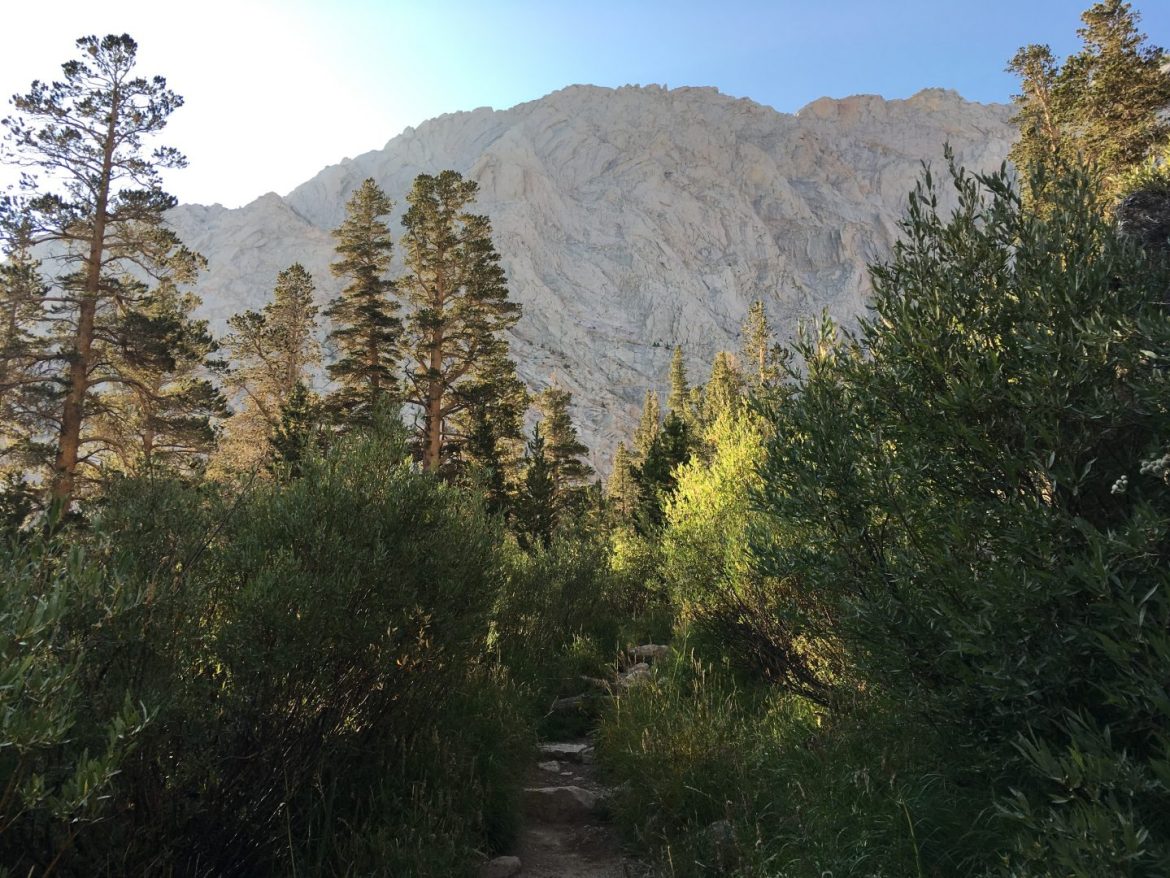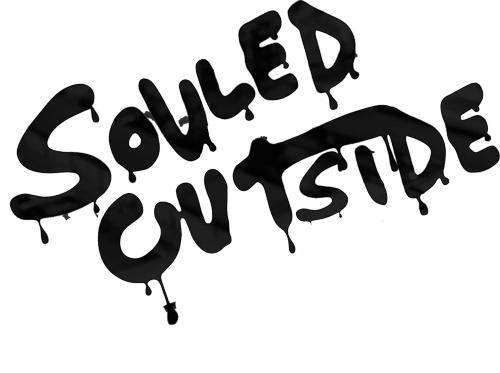Round 1— The fight began early. I struck the first blow while the night was strong: a daring, pre-dawn assault on the lower 48’s highest peak.
It started at 7,800 feet.
Crashing waterfalls greeted me in the dark, barely visible by headlamp; and as the sun rose over the meadows and creeks that dot the mountain’s lower regions, I knew the day would be mine. After all, the trails were smooth, and I only had to trek 11 miles to reach the top. “I’ll summit before noon,” I thought. “What’s the big deal?”
I should have known—mountains don’t go in for quick challenges. You have to earn their answer.

Round 2 — Two hours and 1,000 feet higher, I finally crossed the threshold of “The Whitney Zone,” where entry is barred without an official permit. At 9,000 feet, the forest begins to thin, but the great mountain doesn’t yet reveal her hand. Here, the land gives you a subtle hint of what’s ahead: ancient bristlecone pines—the hardiest trees on the planet, trees who endure through flame, ice and bad soil for thousands of years—dot the white, boulder-strewn trail.
They’re one of the only living organisms here. Whitney allows me to pass unscathed, or so I think.
Round 3— 10,000 feet. Mount Whitney begins to fight back. At this altitude, she knows things are serious. Anyone going to 10,000 feet is on a crash-course with her 14,000 foot summit. After taking some of my best, early licks, I felt the mountain laugh. I had wandered into the house of a giant, and it was beginning to rise.
The once forgiving dirt trail gives way to merciless, jagged granite. Every step became pain. Every rock seemed to pierce the soles of my shoes and sting straight into my burning legs. Whitney had played her hand: she was wearing me down, waiting for me to run out of steam before landing a knockout blow.
Round 4—11,000 feet. The knockout would have to wait. Even as my pace crept to below a single mile per hour, I refused to break. The great crag could bend me. She could waver my balance, bludgeon my feet and chill me with her winds, but I didn’t come to surrender.
The next 1,000 feet took over two hours, but I soldiered on, clanking trekking poles against rock and my own mind against its body. The ring bell would not sound yet.

Round 5—12,000 feet. I stumbled bleary-eyed into Trail Camp, the 6.3-mile base for overnighters heading towards the summit. It was nearly noon, and I was still four hours from reaching it. From Trail Camp, the highest peak in the lower 48 is just 2,400 feet higher. The mountain’s crown was within reach. But by now, I could feel Whitney winning the fight.
She wanted me to summit, she wanted me to scramble those last 5 miles to the peak and revel in victory. But the victory, I knew, would be false: I didn’t have the gas left to hit summit and make it back. I sat at Trail Camp for maybe an hour, resting in the last patches of cool grass hidden in this high place.
Even if I took it, the mountain would regain her crown on the way down. The climb to Trail Camp had taken me over six hours, summit would be another four, and the way down—if I could make it back through the cliffside rock fields in fading light—would probably be another seven.
Going into this fight, I knew that I only stood a puncher’s chance. I’ve never been a serious athlete, and for the most part I haven’t won anything of note in my life; but knowing that I could have made summit, knowing that an average kid from West Tennessee could have climbed to one of the highest peaks in the world, means something.
I took one final look at the peak and said goodbye.
And I was right about the battle—going up was only half of it. The journey back down the 6.3 miles and 4,000-plus feet I’d already climbed took me until late afternoon. I’d spent over 12 hours on the mountain, fighting the good fight, going toe-to-toe with a heavyweight, and I left it all on the field.
I struck first, the mountain struck last, but we went the full 12 rounds.










